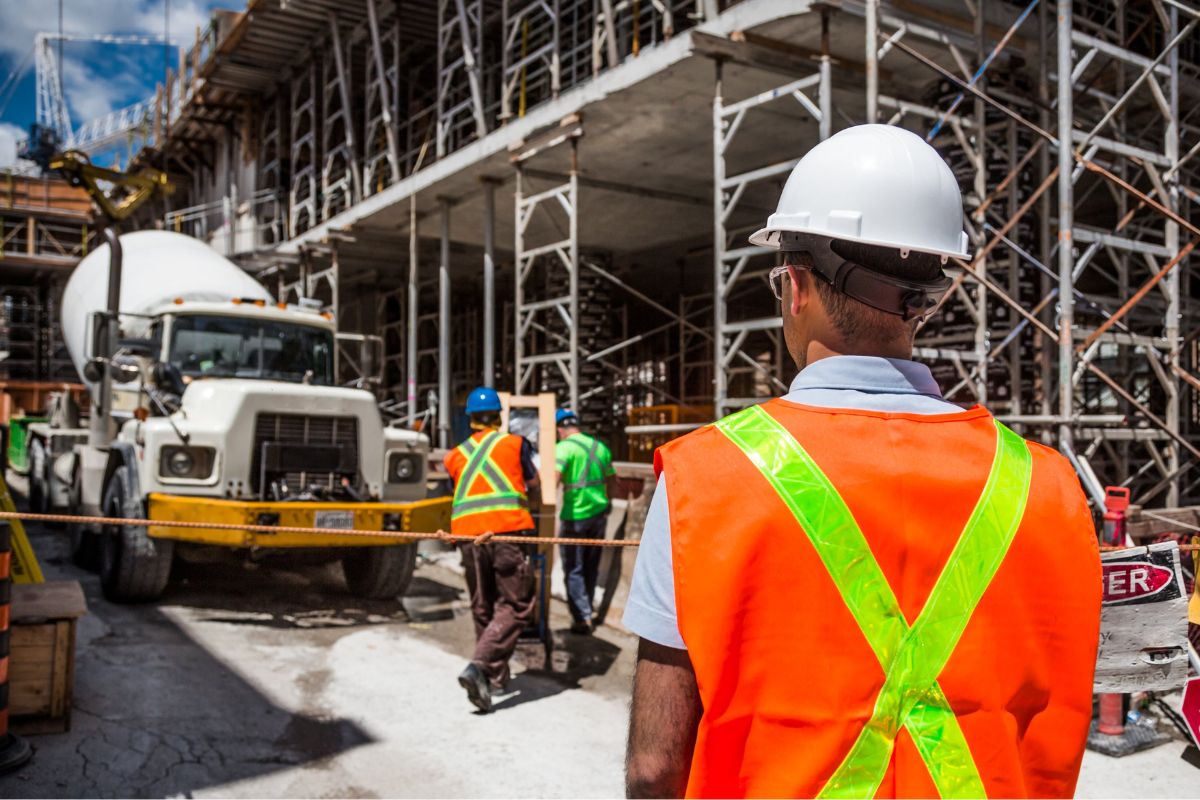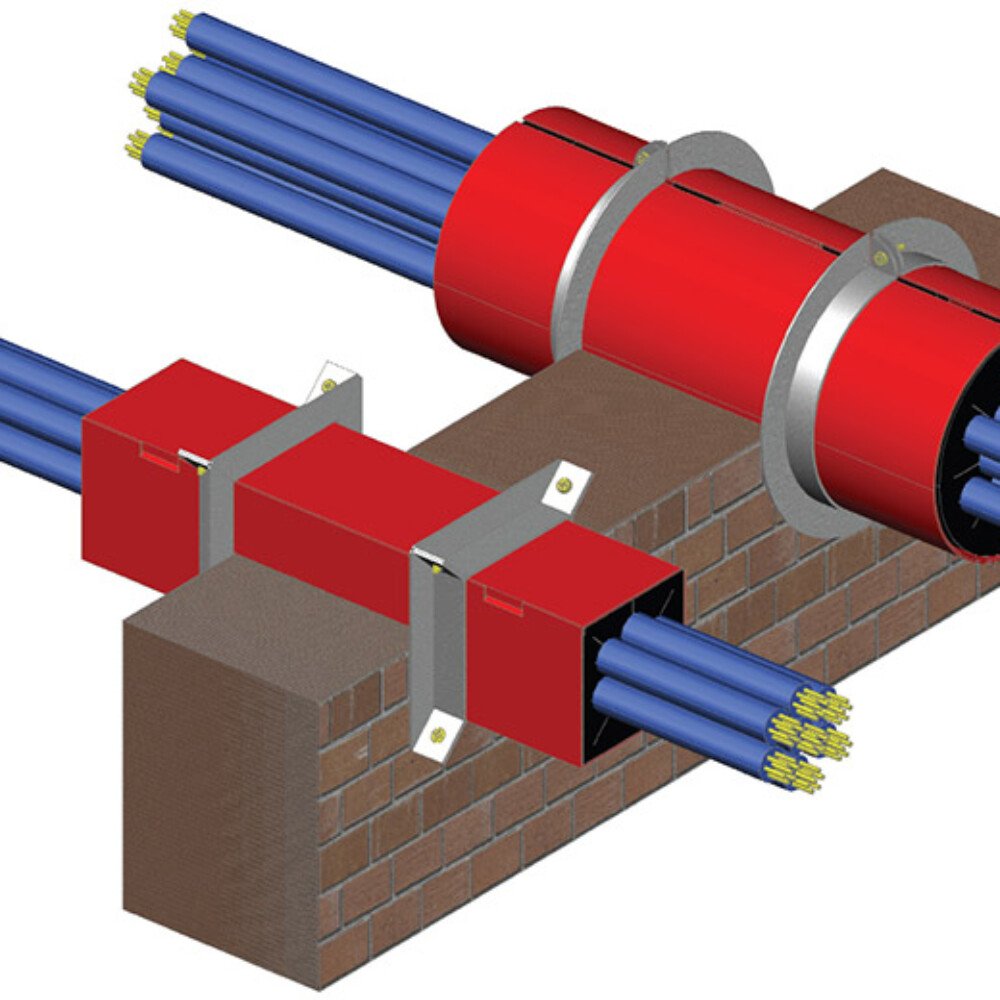Fire Protection Planning Should Begin Early in Construction Projects
In construction, fire protection is one of the most crucial yet often overlooked elements. Too frequently, fire protection (FP) planning is left until late in the project lifecycle, leading to delays, compliance issues, and additional costs. Early engagement in fire protection planning ensures that systems are properly integrated into the project from the start, avoiding many common pitfalls.
By embedding fire safety early, construction teams can avoid the rushed decisions and last-minute changes that often derail project timelines and budgets.
The Consequences of Delayed Fire Protection Planning

Why Late Planning Causes Project Delays
When fire protection planning is delayed until after key construction milestones have been reached, it often leads to significant setbacks. In many projects, fire protection is treated as an afterthought, only considered when the building structure is already complete.
This approach not only complicates installations but may also result in the need for redesigns to accommodate fire safety systems, further delaying the project. Late-stage fire protection installations also typically demand higher costs as contractors scramble to find solutions that fit within existing project designs.
Risk of Non-Compliant or Unavailable Solutions
An additional risk of late fire protection planning is the potential unavailability of compliant systems that meet the specific needs of a project. Many buildings, especially those with bespoke architectural designs, require custom fire protection solutions. This may involve testing new products to ensure they meet regulatory standards, a process that cannot be completed overnight.
Without early planning, teams may run into situations where compliant products are unavailable, forcing project delays or, worse, non-compliance with fire safety regulations.
The Importance of Early Engagement for Fire Protection
How Early Engagement Benefits the Project
Engaging fire protection experts early in the construction process helps ensure that fire safety is seamlessly integrated into the project. When fire safety is considered from the outset, construction teams can coordinate more effectively, ensuring that passive fire protection systems fit smoothly with the rest of the building’s design.
Early engagement also allows for comprehensive planning, which helps in identifying potential issues before they arise and enables a more efficient construction process.
Customisation and Testing for Bespoke Installations
Many modern buildings require custom fire protection systems due to their unique architectural designs. Early engagement allows time for the necessary testing and adjustments to ensure fire protection systems are tailored to fit specific applications.
For example, cavity fire barriers or penetration systems may need to be customised, and products may require additional testing to ensure they can perform effectively in non-standard applications. Without early planning, these customisations can lead to costly delays and rushed installations.


Reducing Project Delays with Early FP Planning
Integrating FP Planning with the Overall Project Schedule
One of the key benefits of early fire protection planning is that it allows the FP installation to be integrated into the overall project schedule. By aligning fire protection with other construction milestones, contractors can avoid the need for last-minute changes, which often disrupt timelines.
When fire protection is part of the project’s early planning phase, it can be incorporated alongside other systems, ensuring that installation is smooth and efficient.
Mitigating Risk and Ensuring Compliance
Fire protection is heavily regulated, and non-compliance can lead to severe legal and financial consequences. By planning early, teams can ensure that all fire safety systems meet the necessary regulations before construction even begins.
Early engagement with fire engineers and compliance specialists allows for a thorough review of the building’s fire safety requirements, ensuring that there are no surprises later in the project. This approach not only reduces the risk of delays but also mitigates the risk of non-compliance, which can halt a project entirely.
Best Practices for Fire Protection Readiness
Collaboration Between Stakeholders
Successful fire protection planning requires collaboration between architects, contractors, fire engineers, and project managers from the very beginning.
By engaging all relevant stakeholders early, teams can ensure that fire safety is considered in every aspect of the building’s design. Continuous communication throughout the project is critical, as it ensures that any changes to the building’s design or structure can be accounted for in the fire protection plan.
Pre-Construction Testing and Approval
One of the most effective ways to avoid delays is to conduct fire protection testing and approvals before construction begins. This ensures that all systems have been properly tested and certified for the specific building application.
Case studies have shown that projects with early fire protection engagement not only experience fewer delays but also save costs by avoiding last-minute product sourcing and installation issues. Testing fire safety systems early ensure they will perform as required, giving the construction team confidence that the project will meet all safety standards.

Conclusion
Early engagement in fire protection planning is essential to ensuring a smooth, efficient construction process. When fire safety is considered from the outset, it allows teams to avoid the common pitfalls that arise when passive fire protection systems are left too late in the planning process.
Early engagement helps prevent delays, ensures compliance, and allows for the customisation and testing of systems that meet the specific needs of the project. By prioritising fire protection from day one, construction teams can save time, money, and ensure the safety of the building’s occupants.
For more information, please contact us using the form below.
Early engagement ensures that fire protection systems are integrated smoothly into the project, avoiding delays and compliance issues.
Late planning can lead to project delays, additional costs, and potential non-compliance with fire safety regulations.
Fire engineers collaborate with architects and contractors to ensure fire safety is considered from the planning phase.
Early planning allows for product customisation, testing, and ensures compliance, avoiding last-minute project changes.
Engage stakeholders early, test systems before installation, and maintain continuous communication throughout the project.

